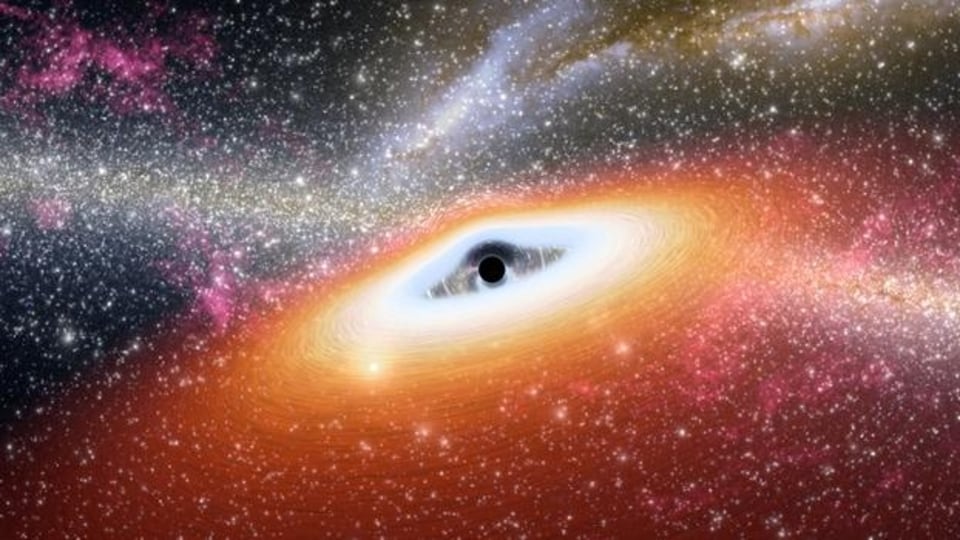A black hole is created when big stars explode its gravitational force is so strong that nothing can escape from it luckily the closest black hole is about 10 000 light years from earth

A Black Hole: The Cosmic Enigma

Black holes, the mysterious wonders of the universe, have captivated the imagination of scientists and enthusiasts alike for decades. These cosmic phenomena are born from the explosive demise of massive stars, resulting in mind-boggling gravitational forces that not even light can escape. The closest black hole to our Earth is approximately 10,000 light-years away, offering a sense of relief and intrigue.
When massive stars reach the end of their life cycle, they undergo a magnificent supernova explosion, releasing an immense amount of energy. This explosion serves as a catalyst for the creation of a black hole. As the massive star collapses under its own gravitational pull, its core compresses into a singularity - a point of infinite density and zero size. This singularity is surrounded by an event horizon, a boundary beyond which nothing, not even light, can escape.

The gravitational force exerted by a black hole is so strong that it distorts spacetime itself. This distortion creates a gravitational well, pulling anything within its vicinity towards the singularity. This concept is famously explained by Albert Einstein’s theory of general relativity. It is this intense force of gravity and the subsequent distortion of spacetime that makes black holes such fascinating yet terrifying entities in the universe.
Despite their captivating allure, black holes reside at vast distances from Earth. The closest known black hole, named V616 Monocerotis, is located around 10,000 light-years away from our planet. To put that into perspective, a light-year is the distance light travels in one year, approximately 5.88 trillion miles. Thus, the closest black hole is incredibly far from us, alleviating any immediate concerns about their potential impact on our solar system or existence.
Nevertheless, astronomers and researchers continue to study black holes diligently, driven by the quest for a deeper understanding of the universe’s inner workings. The study of these enigmatic cosmic phenomena has led to significant breakthroughs and fascinating revelations about the nature of space, time, and gravity.
In conclusion, black holes are born from the spectacular explosions of massive stars, resulting in an intense gravitational force that nothing can escape. Fortunately, the closest black hole to our Earth is situated at a distance of about 10,000 light-years. While they remain far beyond our reach, the study of black holes continues to shed light on the awe-inspiring workings of the universe.
Sources:
Related Posts
Quick Links
Legal Stuff

